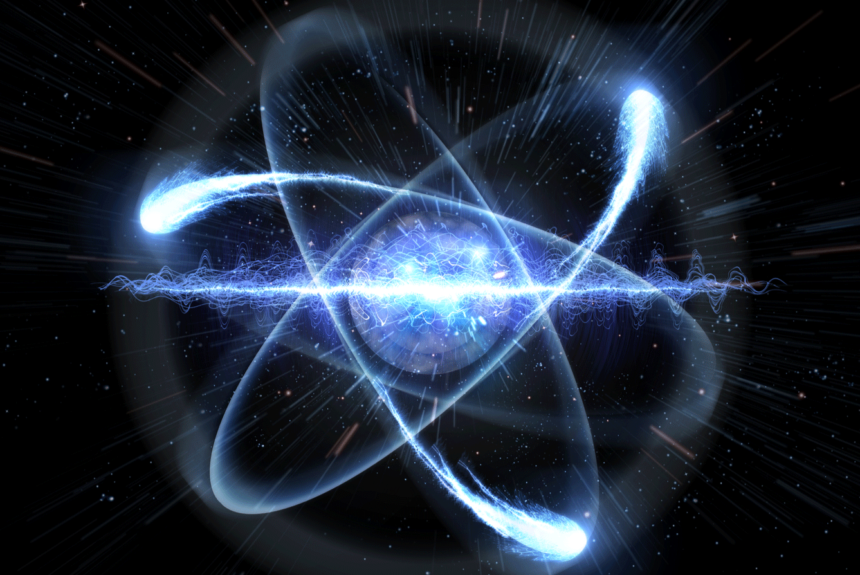You may have heard the cliché to say that “fusion is always 10 years away.” I’ve been hearing that since the beginning of my career. It was ten years away in the late 90s, and it was still ten years away just a few years ago. It’s the unattainable goalpost just over the horizon.
But thanks to technological innovation and vibrant capital markets, we may be fast-forwarding to a fusion energy future sooner than you think.
First, let’s define the terms Fission vs. Fusion nuclear energy. Fission happens by splitting atoms, which releases energy. Fusion occurs when atoms are slammed together, or “fused,” producing up to four times more energy than fission.
Fission nuclear reactors heat water to produce steam, which turns turbines to make electricity. This is how we generate power from the 94 nuclear reactors in the United States. Despite some bad and misleading public relations campaigns, often by extreme environmentalists, fission nuclear energy is very safe, produces little waste, and is currently the cleanest way to produce electricity.
Fission has been making many positive headlines recently thanks to innovations around making them smaller, passively safe, and modular for cost-effective manufacturing, aka “SMRs,” or small modular reactors. More than 70 SMRs are being developed globally, and the race is on to own the supply chain for these next-generation fission nuclear reactors to be what powers the oncoming tidal wave of “hyperscale” data centers driven by the growth of AI.
Fusion, on the other hand, happens when two atoms slam together, releasing massive amounts of energy. The world’s first and longest-running fusion machine is our Sun. Of course, here on Earth, we don’t have the temperatures or the gravitational pull required to fuse atoms like the Sun does. At least, not at an affordable scale just yet.
“Fusion could generate four times more energy per kilogram of fuel than fission (used in nuclear power plants) and nearly four million times more energy than burning oil or coal,” the International Atomic Energy Agency writes. But so far, it has never been commercially viable. It has always taken more energy to create fusion than is released. As your parents used to say, “Close the door, we can’t heat the whole neighborhood.”
At least one company says it has solved the problem. Commonwealth Fusions Systems, an MIT spinout based in Devens, MA, has committed to delivering “the world’s first commercially relevant fusion machine” by 2027 and a grid-connected fusion machine by the early 2030s. Just this month, the company announced that it intends to build a fusion energy power plant just outside Richmond, Virginia.
“This will mark the first time fusion power will be made available in the world at grid scale,” the company said. “We’ll plug 400 megawatts of steady fusion power into the state’s electrical grid starting in the early 2030s. We expect ARC will create hundreds of jobs to build and operate the power plant.”
The company is working with Dominion Energy, which owns the reactor site in the James River Industrial Park. Dominion is eager to tap all the clean energy sources that it can because the state’s electricity needs are growing quickly. There is a proliferation of data centers across the Commonwealth and home and office buildings that need air conditioning in the summer.
>>>READ: Zap Energy is Leading the Future of Fusion
The potential fusion reactor perfectly complements Gov. Glenn Youngkin’s energy plan that “harnesses nuclear, natural gas, renewables, and new energy sources to satisfy the increasing energy needs of the Commonwealth.”
This is the kind of “all-of-the-above and below” energy approach that the world needs. It will take every form of energy to meet the growth in global demand for energy. Whether natural gas, nuclear fission, advanced geothermal, hydropower, wind, or solar, the world needs it all and needs it to be abundant, reliable, affordable, and increasingly clean.
Innovations in energy are propelling economies into prosperity and helping people rise out of poverty. With the help of innovation in fusion, we may soon be fast-forwarding into a future we always imagined was just ten years away, but now is closer than we thought.
The views and opinions expressed are those of the author’s and do not necessarily reflect the official policy or position of C3.
